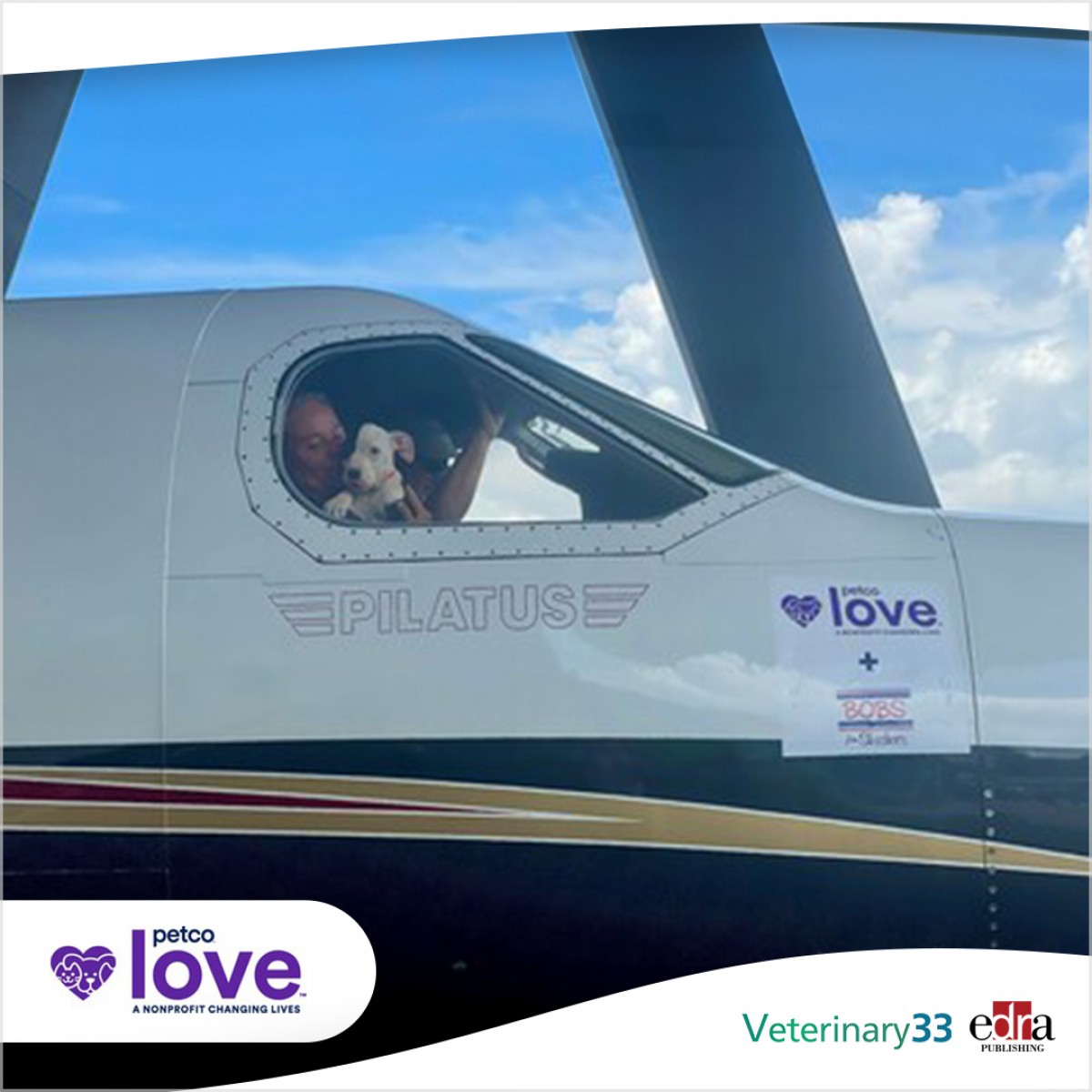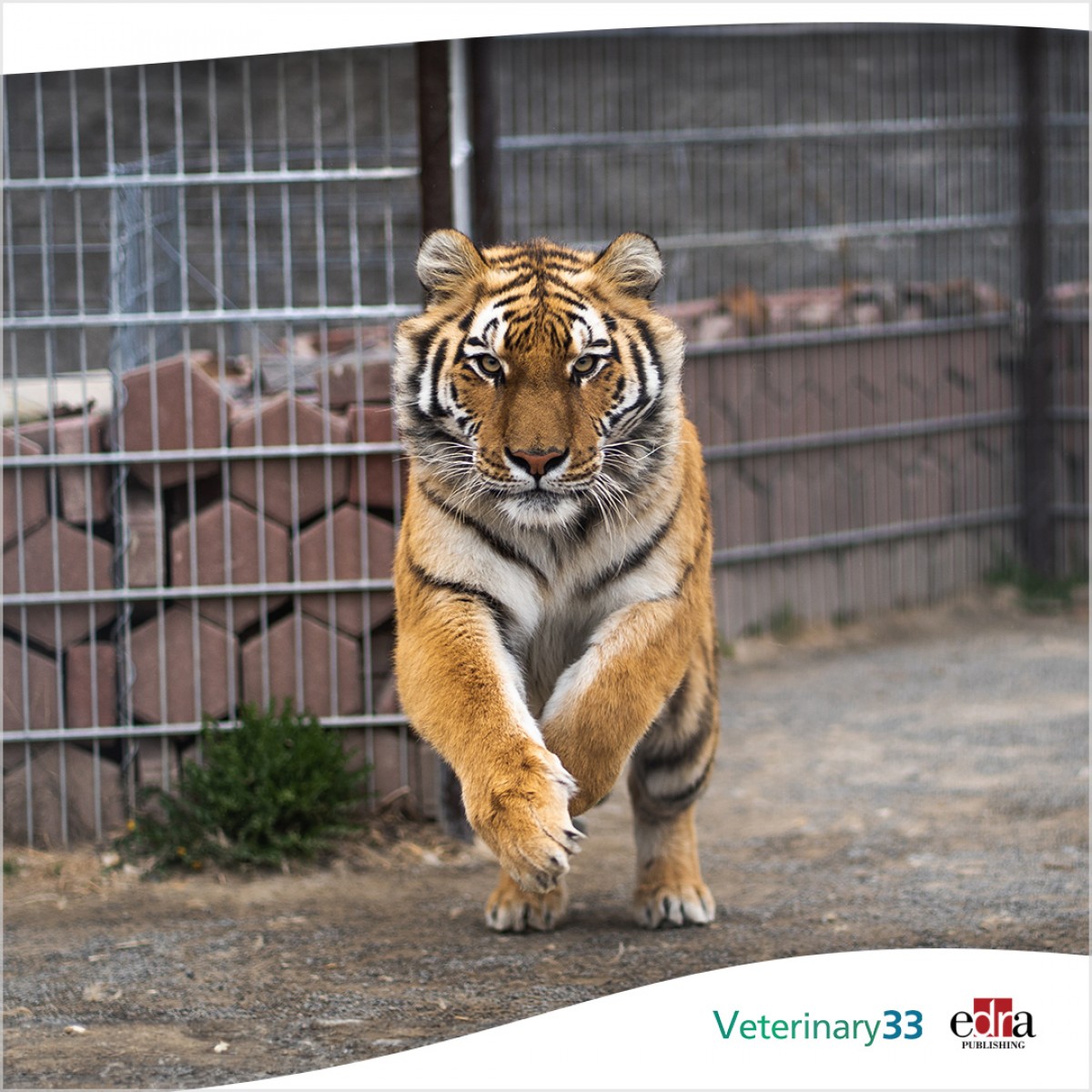Livestock industry management trends for 2023
by Jenny Alonge
The livestock industry is a global food system pillar that contributes to poverty reduction, food security, and agricultural development. Demographic trends and dietary changes have increased the demand for animal products, exacerbating the difficulties in addressing societal concerns related to the environment, human health, and animal welfare. Livestock industry management techniques are needed to mitigate these problems. The following three management trends in 2023 may help.
Sustainability in the livestock sector
The livestock industry is one of the fastest growing agricultural sub-sectors in middle- and low-income countries and represents a major opportunity for all livestock supply chain contributors. However, if not properly managed, this growth could strain the industry’s sustainability issues. Management techniques to move the livestock sector toward sustainable production practices can address adverse impacts on land, water, and the environment, and decrease risks posed to animal and human health. Sustainable livestock production includes:
- Pasture raised livestock — Sustainable farming uses waste created by one element to meet the needs of another. For example, animal manure replenishes nutrients in the soil used for crops fed to the animals. The terms “grassfed,” “grass finished,” “pastured,” and “free range” are frequently used to distinguish sustainable from industrially raised livestock.
- Pasture management — Farmers raising sustainable livestock must prevent their animals from overgrazing the land, which they typically carry out by rotating animals from one pasture to another. Farmers who raise multiple species often take advantage of each species’ different impact on the land and develop a complicated rotation system to ensure they maximize pasture use. Pastured systems are more energy efficient and climate friendly than confinement operations, which rely on fossil fuels, pesticides, and herbicides.
- Animal welfare — Sustainable agriculture usually references environmental, ethical, social, and product quality issues, but sustainable livestock production must also address animal welfare issues. Pasture-raised livestock are usually healthier and under less stress than those raised in confinement, but farmers must ensure their animals have adequate shelter, access to fresh water, appropriate veterinary care, and dietary supplements when necessary.
- Responsible consumption — Raising livestock sustainably is more expensive, so the resulting products are more expensive, and consumers must be educated to understand the importance of purchasing sustainably produced products.
Antimicrobial resistance opposition in livestock
Antibiotic overuse and misuse contribute to the rising threat of antimicrobial resistance. Some bacteria that cause serious infections have already developed resistance to most, or in some cases, all available treatments, and the research pipeline doesn’t yet offer many promising options. Livestock producers are key to helping reduce antimicrobial resistance. The Centers for Disease Control and Prevention (CDC) recommendations for livestock producers include:
- Following good husbandry practices — Farmers should perform appropriate cleaning procedures on the farm, during transport, and in production facilities, and implement biosecurity practices to prevent disease introduction and spread.
- Adhering to animal welfare standards — All animals should have access to safe drinking water, good nutrition, and clean airflow, while avoiding overcrowding.
- Vaccinating livestock — All livestock should receive veterinary-recommended vaccines to help prevent disease.
- Disposing of waste appropriately — Good waste management practices must be adopted to prevent environmental contamination.
- Communicating with veterinarians — Producers should talk to their veterinarian often to determine when antimicrobials are needed to treat, control, and prevent diseases in their animals.
- Asking for advice — Farmers should ask their veterinarian for advice specific to their farm size, animal species, and environment to help prevent antimicrobial-resistant infections.
- Following instructions — Farmers should follow their veterinarian’s instructions on dose, duration, and administration route when they prescribe antibiotics and antifungals.
- Monitoring progress — Sick animals should be monitored to determine if the treatment is effective.
- Recording use — All antibiotic and antifungal use should be recorded, including dates, times, and the animals treated.
- Disposing safely — Unused or expired antimicrobials should be safely disposed of.
Precision livestock farming
To help meet the rising demand for animal products, precision livestock farming (PLF) technologies are being developed to continuously monitor animal health and welfare parameters to improve productivity and detect health issues in the early stages. These technologies include:
- Automated weighing systems — Weight is one of the most important indices of animal health and livestock productivity, and monitoring each animal’s weight is a common PLF application.
- Feed and water intake recording — Water meters and feed intake sensors are used to record the animals’ feeding and drinking habits, which provides expected trends in food and water consumption. Changes in habits can trigger early warning systems and may indicate factors such as disease.
- Video analysis — 3D-camera technology and thermal imaging can elucidate behavior patterns, such as mounting and lameness, physiological conditions (e.g., respiration and temperature, growth trends), and environmental elements (e.g., carcass quality).
- Animal sensing systems — Accelerometers, pressure sensors, and temperature sensors can be fitted to animals or their environment to monitor behavior patterns, environmental conditions, and animal health.
- Global positioning system (GPS) tracking — GPS-based tracking systems can determine grazing preferabilities and track real-time positions.
- Methane emission measurement — Livestock methane emission contributes to agricultural greenhouse gas emission. Technologies that measure the animals’ methane emissions make farms more climate sensitive and environmentally responsible.
- Electronic identification — Measuring the conditions, behavior, and performance of each individual farm animal is only helpful if each animal can be identified and their record kept separately. Electronic identification techniques, such as radio frequency identification and advanced ear tags, eliminate the need for lengthy data entry and improve workflow.
Hopefully, implementing these management strategies will help mitigate some of the challenges that the livestock industry faces, while ensuring that the animals’ welfare is prioritized.
About the author
Jenny Alonge received her Doctor of Veterinary Medicine degree from Mississippi State University in 2002. She then completed an internship in equine medicine and surgery at Louisiana State University. After her internship, she joined an equine ambulatory service in northern Virginia where she practiced for almost 17 years. Alonge later decided to make a career change in favor of more creative pursuits and accepted a job as a veterinary copywriter for Rumpus Writing and Editing in April 2021. She adopted two unruly kittens, Olive and Pops, in February 2022.














List
Add
Please enter a comment